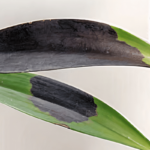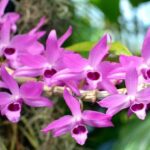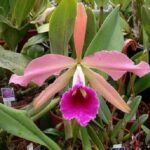Cattleya intermedia is an orchid belonging to the Cattleya genus.
It is native to Brazil, mainly found in the South. But it can also be found in some states in the Southeast.
The states where it can be found are:
- Rio Grande do Sul
- Santa Catarina
- São Paulo
- Rio de Janeiro
This is one of the most famous species among Cattleyas.
This is due to its beauty and also its wide variety of variations.
Continue reading this article to learn everything about Cattleya intermedia, its curiosities, and how to cultivate it.
Learn How to Achieve Super Blooms on Your Orchids
🛑 If you love orchids and you're tired of not being able to make them bloom...
Then, know that thousands of beginner growers are achieving beautiful flowers on their orchids by following this method.
Click the button below to have beautiful orchids with show-worthy flowers every year. ⤵
Its History
This Cattleya was described in 1828 by a Scottish botanist named Robert Grahan.
But its story began a few years earlier. In 1824, it was found in Brazil and, at the request of a person named Harrison, this specimen was sent to the Glasgow Botanic Gardens.
There, they studied it, realized it was a new species of orchid, and named it Cattleya intermedia.
This name could have 2 reasons:
- Because its flowers are intermediate in size compared to other Cattleyas.
- Its flower would have a shape very similar to Cattleya loddigesii and Cattleya forbesii.
Since then, this orchid became very famous.
Over the years, cultivators have made thousands of hybrids with it.
And they achieved very interesting results, such as the flamea variety.
How to Cultivate Cattleya Intermedia
With the various hybrids available today, Cattleya intermedia has become a very easy species to cultivate.
This is especially true if you live in the regions where it appears, namely, the South and Southeast.
If you live in other regions, it is also possible to cultivate it, but it might be a bit more laborious.
The tips below will help you cultivate this plant.
1 – Temperature
This is an orchid that lives in two places with very different temperatures.
Some live in the south, where the temperature is lower, in the southern states.
But others in the states of São Paulo and Rio de Janeiro, where the temperature is much higher.
Try to find out what type of intermedia you have before cultivating them.
Tip: After the cultivation tips for this species, I will explain the differences between these types of intermedia. This way, you will be able to identify your plant.
These orchids can withstand temperatures between 5 to 35°C (41 to 95°F).
But try to avoid these extremes, as they can hinder its development.
Basically, you should provide a temperature equal to or very similar to the environment in which they live.
And remember that to stimulate flowering, they need a drop in temperature.
Therefore, make sure that it is about 10°C (50°F) cooler during the night than during the day.
2 – Humidity
Regarding humidity, they are plants that really like a more humid place.
Because some of them live on the coasts of beaches.
To ensure that your plant stays healthy, provide humidity above 60%.
If you do not know the average humidity of your city, do the following:
- Access a weather forecast website
- Look for your city
- See what the humidity is for the day
If the humidity is very high (rain), avoid watering your orchid.
And if it is very low, place a shallow pot with gravel and water near your plant.
3 – Watering
Cattleya intermedia is a plant that really likes water.
But be careful, avoid letting its roots sit in accumulated water.
To water it, you will normally follow this schedule:
- Summer: water it every day.
- Winter: reduce watering frequency a little.
What you should do is check if its potting mix is dry, if it is, it’s time to water.
If you do not know how to check your potting mix, see the article how to care for orchids.
And finally, when flowering is approaching, reduce watering a little.
This way, you will avoid excess water, as it can cause your plant to lose its flower buds.
4 – Potting Mix
Potting mixes can vary greatly from orchid to orchid. In the case of Cattleya intermedia, it needs good aeration in the roots.
Therefore, some very good options if you cultivate it in a pot are:
- Pine bark
- Perlite
- Sphagnum moss (if it is necessary to increase humidity)
- Charcoal
- Coconut coir
- Orchid mixes
You can also make a mix of these potting mixes.
And remember, one of the biggest mistakes beginners make with intermedia is letting their potting mixes get old.
Therefore, aim to change your potting mix annually.
Because it does not like old potting mixes.
If you want to know more about potting mixes for this orchid, you can see this research.
5 – Fertilization
Fertilization should be done every 2 months.
Mixing organic fertilizers with chemical fertilizers.
Some organic fertilizers I recommend are:
- Bokashi
- Bone meal
- Osmocote
And as for chemical fertilizers, you can use NPK 10-10-10, using 2 tablespoons for every 2 liters of water.
Or also superthrive, 1 drop for every 4 liters of water.
Do You Want to Learn How To Keep Your Orchids Healthy And Ready to Bloom Every Year?
So, I prepared a complete guide, step by step and illustrated, that will show you:
• The secrets to getting beautiful flowers every year
• How to fight and identify pests and diseases on your orchids
• THE MAGIC SUBSTANCE for orchids and how to use it
• And much, much more.
The great news is that the manual is now available at a super discount!!
But beware, it's only for the first buyers.
Click on MORE INFORMATION below and discover the secrets to show-worthy flowers. 👇
6 – Where to Plant
Intermedia can be found in various places.
Thus, it can be classified in various ways:
- Epiphytic: it stays supported on trees.
- Rupicolous: it stays in rock crevices.
- Terrestrial: it stays in organic material in the soil.
- Psamophytic: it stays in the sand.
And for that reason, it is a bit difficult to say exactly where you should plant it.
First, find out what type of plant you have.
If it is epiphytic, you can plant it in:
- Trees (fig, ipê, and cork tree are some options)
- Wooden bark
- Logs
- Pots
If it is rupicolous, I recommend leaving it on a rock.
But it is unlikely that your plant is rupicolous.
Terrestrial ones should be planted in:
- Pots (plastic, soil)
- In the soil (with lots of organic matter)
And if it is psamophytic, you can plant it:
- Sand (imitating its habitat)
- In pots (except hanging pots)
Remember to always try to imitate your plant’s habitat.
7 – Lighting
As these orchids are used to living on beaches, you may notice that they like a lot of light.
It is recommended that you provide a good amount of light during the day, but always indirect light.
And only during the winter when the sun is weaker, place it to receive direct sunlight at weaker times (before 10 am and after 5 pm).
To check if your orchid is receiving adequate lighting, see the article spots on orchid leaves.
Cattleya Intermedia from the South and Southeast
Now let’s learn how to differentiate these two types of intermedia:
To do this, see if your plant has any of these characteristics:
- Lip a little lower
- Large
- Do not have a wide variety of colors.
- Sepals and petals closer together
If your answer was positive, then your orchid is native to the southeast. But if it was negative, then it is native to the south.
Flowering
Flowering is undoubtedly the most interesting part of this orchid.
In the vast majority of its varieties, flowering occurs between June and October.
That is, during winter and spring.
During this time, competitions and exhibitions are held exclusively for this species.
If you cultivate your orchid well and have the correct variety, it can bloom twice a year.
In this case, the second flowering will occur in mid-summer.
Now let’s learn more about its flowers.
Flowers
Cattleya intermedia has flowers of various colors such as:
- Pink
- White
- Lilac
- Yellow
- Red
- Blue
- Almost black
It also has flowers with various mixed colors.
On average, these flowers measure between 6 to 13 centimeters in length, and 2 to 13 flowers appear per floral stem.
Its flowering lasts between 15 days to 1 month in most varieties and they are fragrant.
This scent is light and has a sweet aroma.
Characteristics
One of the great advantages of cultivating this species is that they produce flowers very early (3 to 4 years).
Thanks to these and other advantages, today Cattleya intermedia is known internationally.
It is exported to several countries, especially Japan.
Some physical characteristics of this orchid are:
- Medium to large size, can reach up to 50cm in height.
- Has 2 or 3 leaves, each can reach up to 20cm.
- It has a sympodial growth.
Hybrids and Varieties
Since 1856, researchers and orchid enthusiasts have been trying to create the “perfect orchid” with this plant.
Currently, more than 3500 hybrids have been made.
This probably makes intermedia the most used orchid species for hybrids.
And besides hybrids, there are varieties.
These varieties were created to differentiate the different types of these plants available today.
There are 26 varieties and they are used to differentiate:
- Flower shape
- Flower color
- Color patterns of flowers
The main varieties of Cattleya intermedia are:
- Type
- Alba
- Flamea
- Sanguinea
- Orlata
- Aquinii
- Vinicolor
Type
This is the most common among intermedias.
Cattleya intermedia type are those that are most easily found in nature.
It has petals and sepals with bright colors.
Some famous species are:
- Quantum (hybrid)
- Milionária (hybrid)
- Figueirinha
Alba
Many orchid enthusiasts do not like this type of intermedia.
They consider them of inferior quality.
Basically, their petals and sepals are white, and in some cases, their “throat” can be yellow or cream-colored.
This is also a variety commonly found in nature.
Flamea
Cattleya intermedia flamea is a very beautiful orchid.
A characteristic of this type of intermedia is that its color starts to get stronger at the top.
Its lip has the same color as the upper part of the orchid.
They are usually pink.
Sanguinea
This one is different from the others, as it is a very rare variety.
They are orchids that have very narrow petals and sepals and a very strong color in their flowers.
Its color is a dark purple that extends throughout the flower.
Orlata
Its main characteristic is a stronger color on the sides of its lip.
It is very beautiful, as it has a very large and colorful lip.
They usually have a pink tone.
This orchid is somewhat similar to the type variety.
Aquinii
Below is a more technical description of intermedia aquinii.
Petals, sepals, and lateral lobes of the lip of any color.
It is characterized by having wide petals with convexity to a lesser degree than “peloric” ones and a constriction in the terminal third of them, which present, at their ends, two large spots (except in the case of albas and concolores), imitating the lip.
Cattleya Intermedia – Proposed Classification of Varieties
By Carlos Gomes
Vinicolor
The big difference of this species is its coloring.
Usually, its petals and sepals are white or have a very pale color.
However, its lip has a wine color.
Conclusion
This was the complete guide on Cattleya intermedia, its types, varieties, and also how to take care of it.
Now you know practically everything about this species.
If you want to learn more about Cattleyas, check out this article about Cattleya labiata.
If you have any questions about this species or want to say something, leave your comment below.
If you liked this article, share it on your social networks.

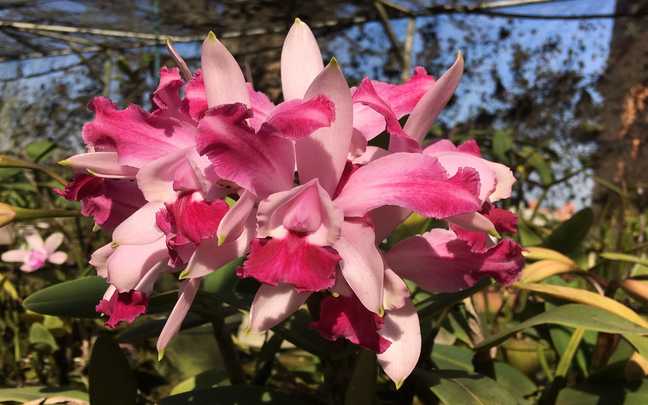
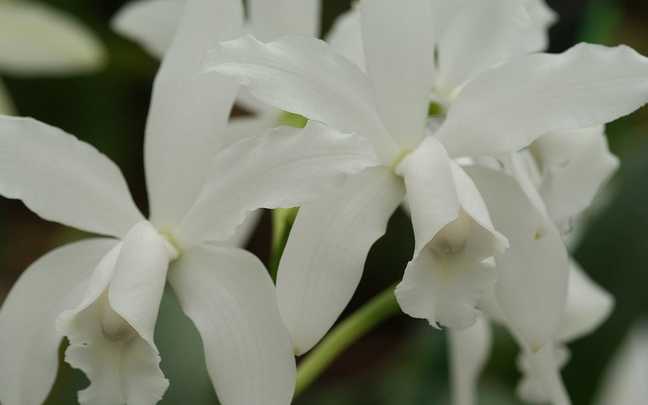
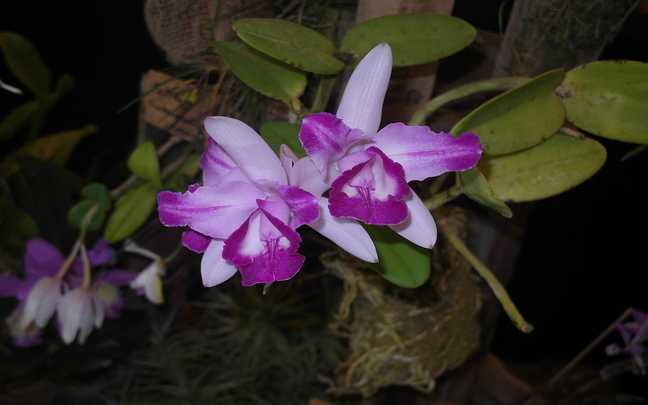

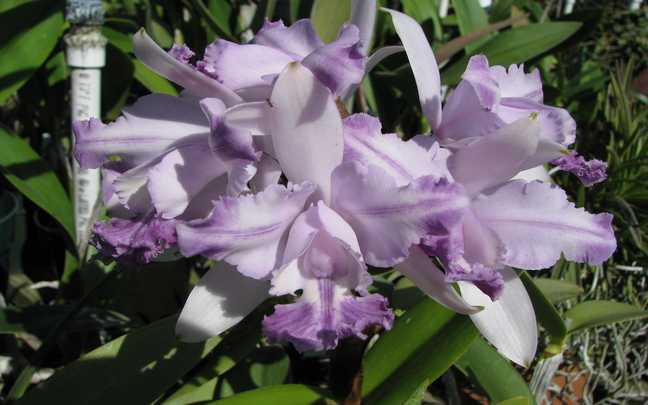
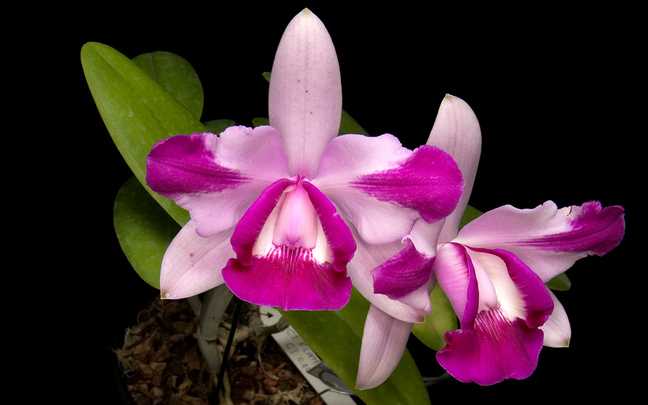
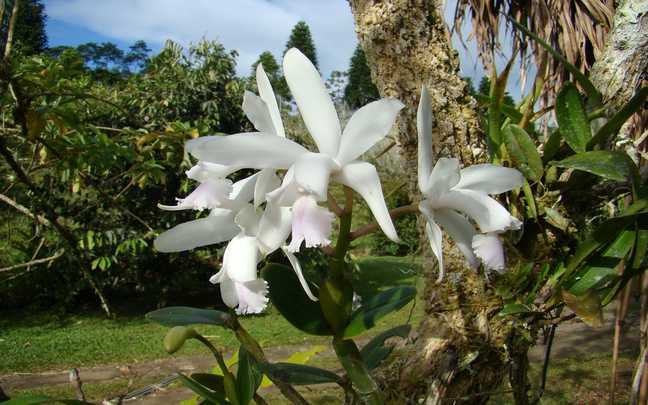
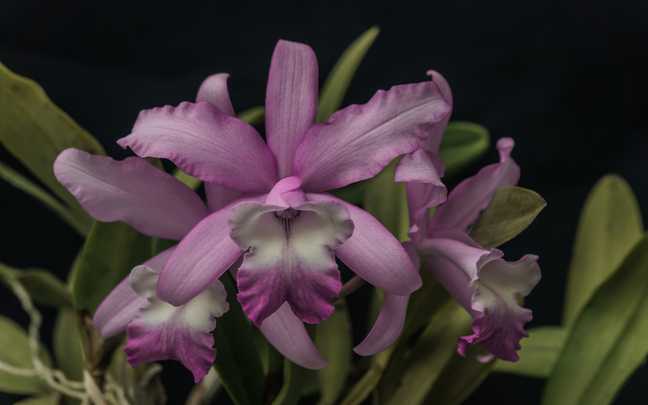
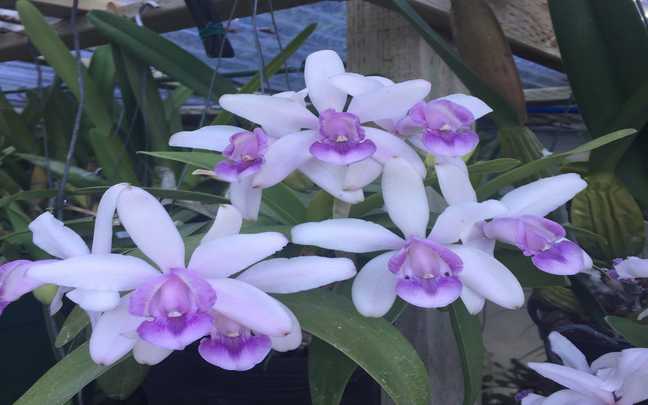
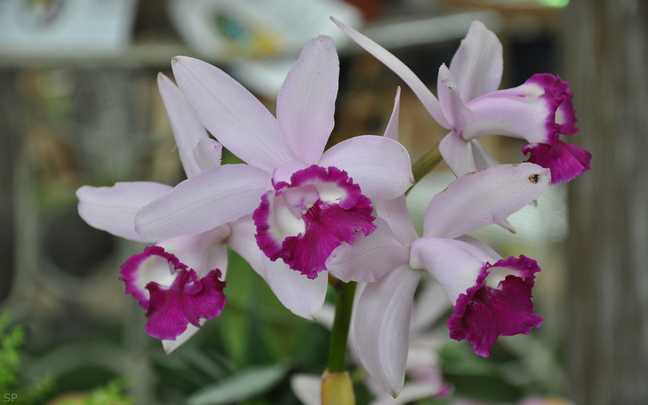
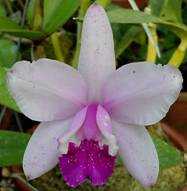
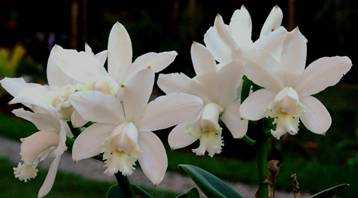
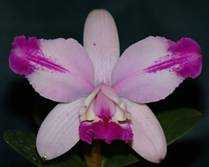

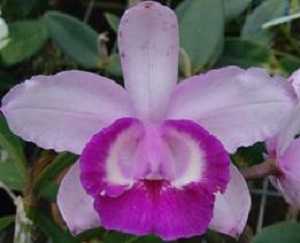

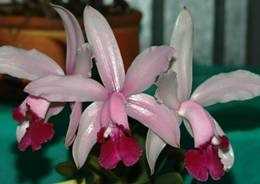





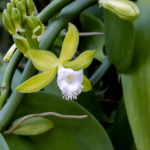
![How to Make an Orchid Bloom [Beginner's Guide]](https://planticulous.com/wp-content/uploads/2023/10/How-to-Make-an-Orchid-Bloom-featured-image-150x150.jpeg)
